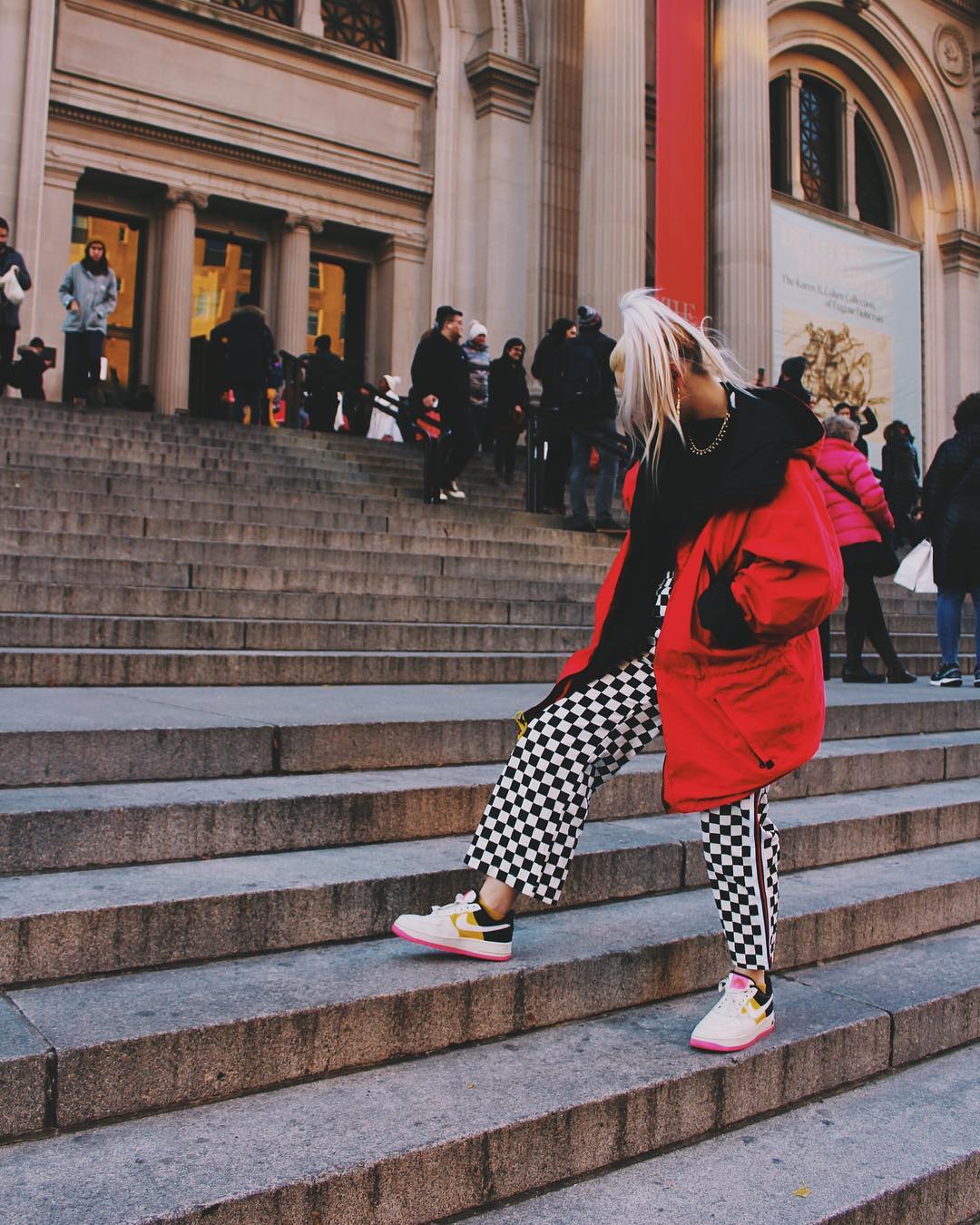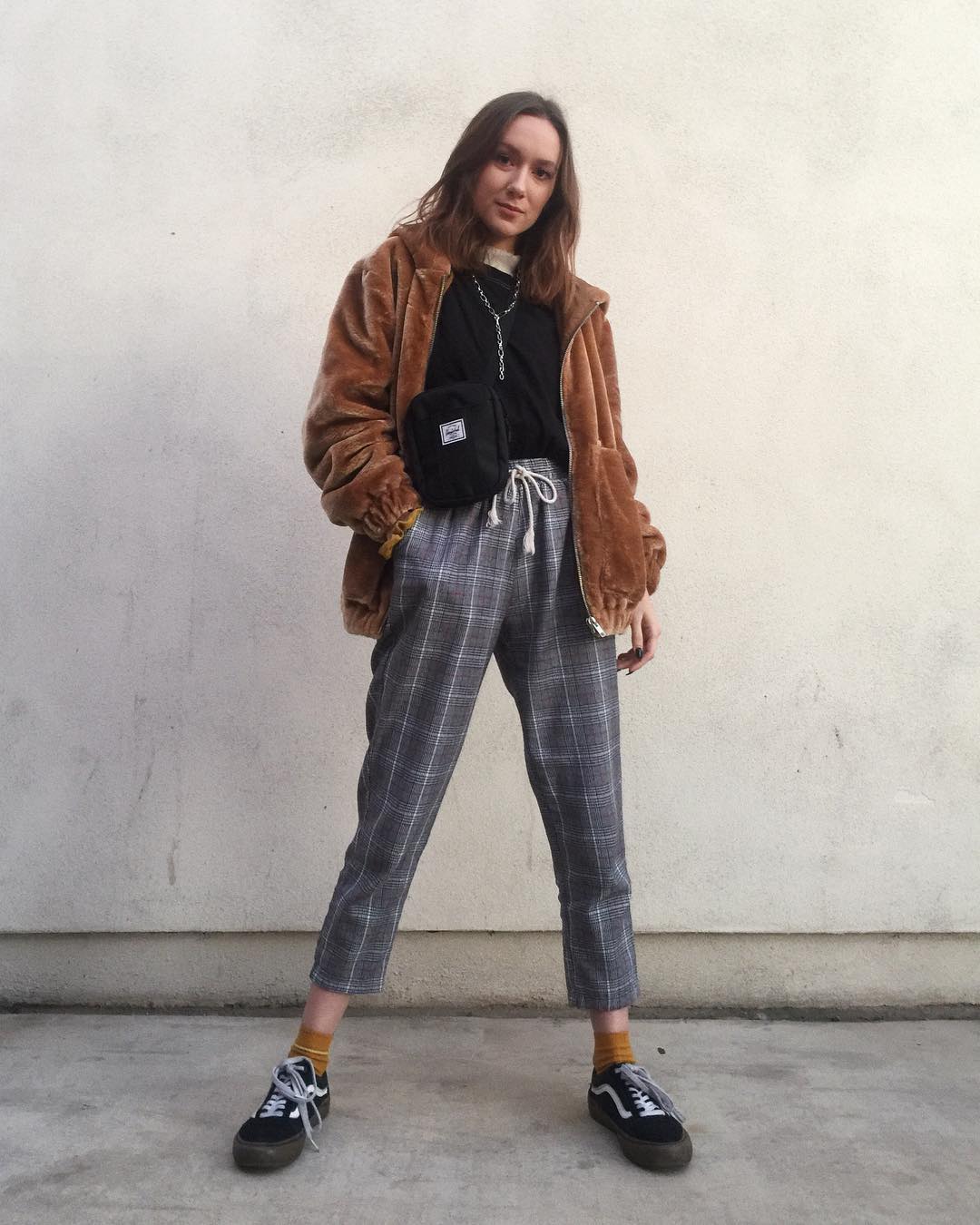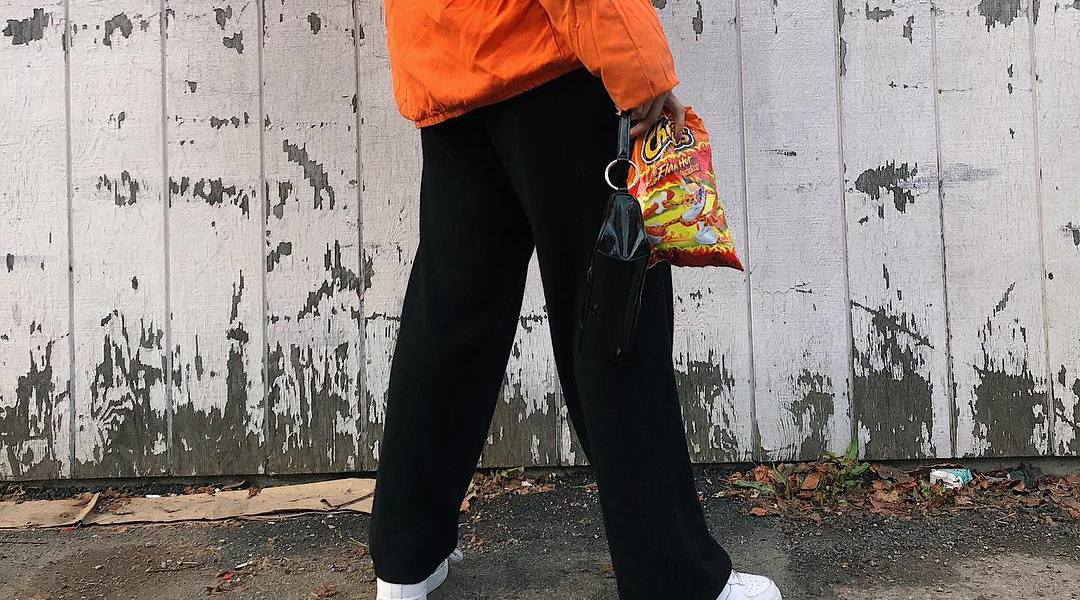Bumming it to class in a hoodie, sweats, and slides isn’t a groundbreaking style move—but it might just signal a change in our generation’s thoughts about comfort’s place in fashion.
Clothing and accessories that make life simpler and comfier are in demand, and designers have taken note. From bum bags to bralettes and slides to cycling shorts, comfort is a common motif on the runway and the street. Thankfully, the comfortable style trend has found a perfect venue to be celebrated by fashionistas: streetwear.

The History of the Street
As with most global phenomena, the origins of street style are fuzzy. It’s generally agreed that streetwear began in urban hip-hop, skateboarding, and surfing communities. The same designs being stamped on surfboards and skateboards were slapped on T-shirts and hoodies and street fashion was born. WhoWhatWear cites Shawn Stussy, namesake of the iconic streetwear brand, as a potential founding father of the movement.
Street style also runs deep with the anti-fashion movement. Youth subcultures saw it as a way to support grassroots designers instead of major fashion houses and studios. These designers took off and became household names in fashion themselves, like Supreme and Huf. Now, they’re responsible for the popularization of a style of clothing that emphasizes simplistic design, loose silhouettes, and, above all, ease of wear.
So how did an insulated fashion trend move from skate shops to the runway and our closets? In short, because it’s comfortable.

Making the Transition
Chances are that clothes comfy enough to skate and breakdance in are comfortable enough to wear to do most anything else. Comfortable style is accessible to the general public precisely because it originated in urban communities and not on a catwalk. But it’s not a working-class trend by a long shot; one look at celeb Billie Eilish’s 3XL shirts and baggy shorts will tell you why.
This trend definitely crosses paths with athleisure in the Venn Diagram of casual fashion, but it’s important to note the distinction between the two: While athleisure pulls elements of activewear outside of the gym, comfortable style covers all areas of fashion.
For evidence of comfort’s industry dominance, consider that sneakers are the new flats and joggers are the new jeans, and why shouldn’t they be? To be comfortable is not to be lazy anymore, and those who prefer looser, less restricting clothing are reaping the benefits. According to new statistics from Edited, bralette sales have increased by 123 percent over the last year and constantly outperform pushup bras. This figure focuses on one clothing piece, but it heralds a shift in industry thinking in favor of garments that are easier to wear.

Comfort is Collegiate
Surprising no one, comfortable style has found a home on college campuses. Teddy coats are the most popular outerwear staple and everyone has a favorite pair of white sneakers. This could just be attributed to the fact that students are tired and in a hurry, but it could mean something with more social significance for Gen Z.
Our generation tends to skip the niceties in favor of deeper conversation. We’re more frank about topics that were taboo to previous generations, like mental health and sexuality. We love the grind and embrace the challenge of entering a competitive workforce. We dislike tradition. Instead of crafting a successful version of ourselves to present to the world, we aim to be that person.
Maybe, we prefer comfort in fashion because we’re too busy with more important things. We have no difficulty seeing past the superfluous aspects of life and focusing on what matters. We understand that clothing can be both functional and beautiful.
And hey, we’re comfortable with that.
What do you think? Are you a believer in the comfortable style trend or a heels-all-day type? Give us your thoughts in the comments below!
Opening image by @victoriabaklashev.

